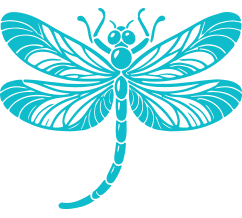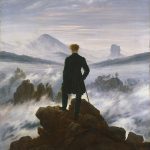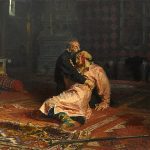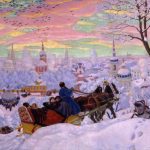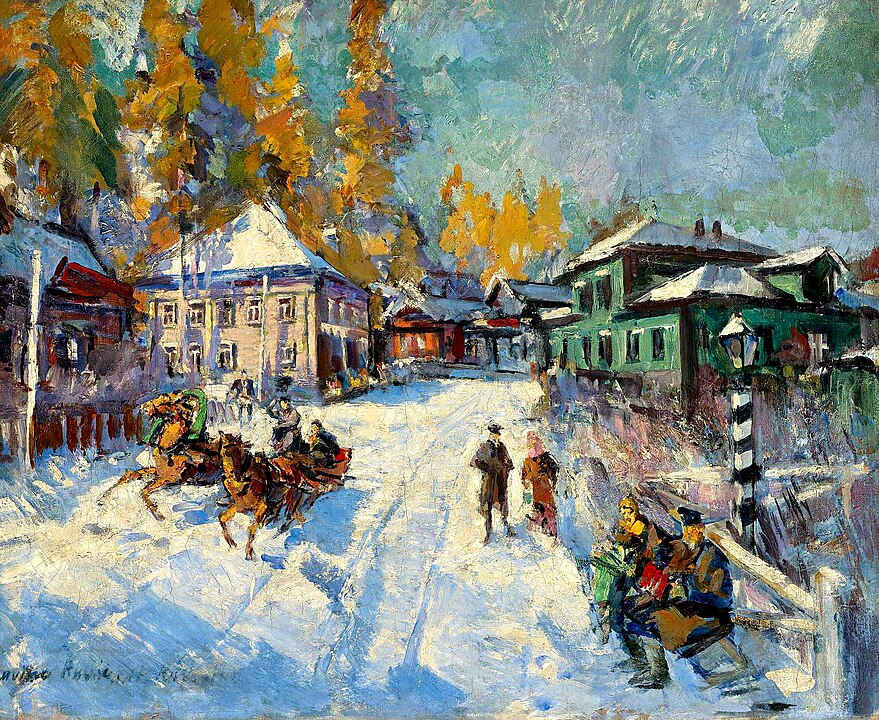

Konstantin Korovin was a Russian painter and influential figure in the world of art during the late 19th and early 20th centuries. Born on December 5, 1861, in Moscow, Russia, he emerged as a prominent member of the Russian Impressionist movement, contributing significantly to the artistic landscape of his time.
Korovin’s early life was marked by exposure to the world of art and culture. His father, Aleksey Shcheglov, was an art teacher, and his mother came from a family of merchants. This background provided young Konstantin with an early appreciation for artistic expression. Recognizing his talent, his parents enrolled him in the Moscow School of Painting, Sculpture, and Architecture at the age of 14.
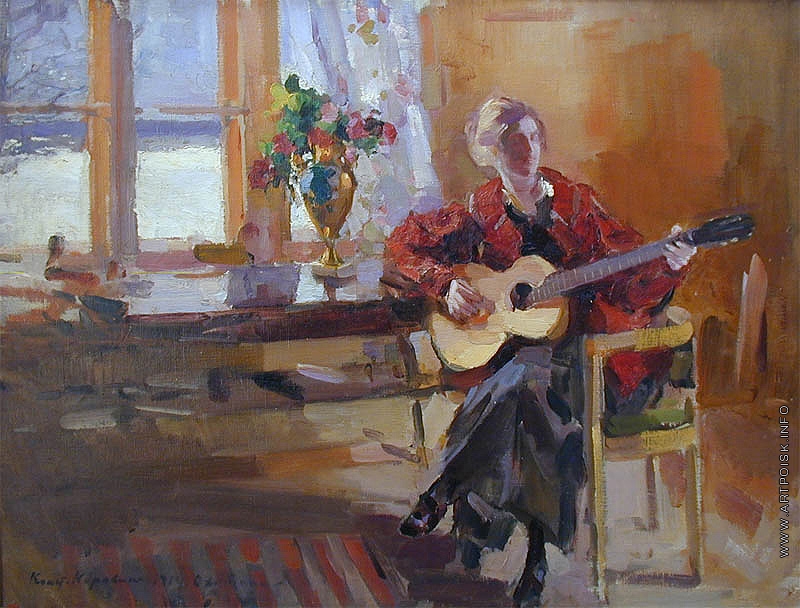

Under the guidance of renowned Russian artists, including Vasily Perov and Alexei Savrasov, Korovin’s artistic skills flourished. He displayed a natural inclination toward color and light, laying the foundation for his future contributions to the Impressionist movement. His early works often depicted scenes from everyday life, showcasing his ability to capture the nuances of human emotion and atmosphere.
That Pivotal Moment
In 1888, Korovin made a significant journey to Paris, a pivotal moment that deeply influenced his artistic vision. During his time in the French capital, he immersed himself in the avant-garde art scene, absorbing the techniques and philosophies of the Impressionist and Post-Impressionist movements. The works of Claude Monet, Edgar Degas, and Pierre-Auguste Renoir left an indelible mark on Korovin’s style, inspiring him to explore the interplay of light, color, and form in new and innovative ways.
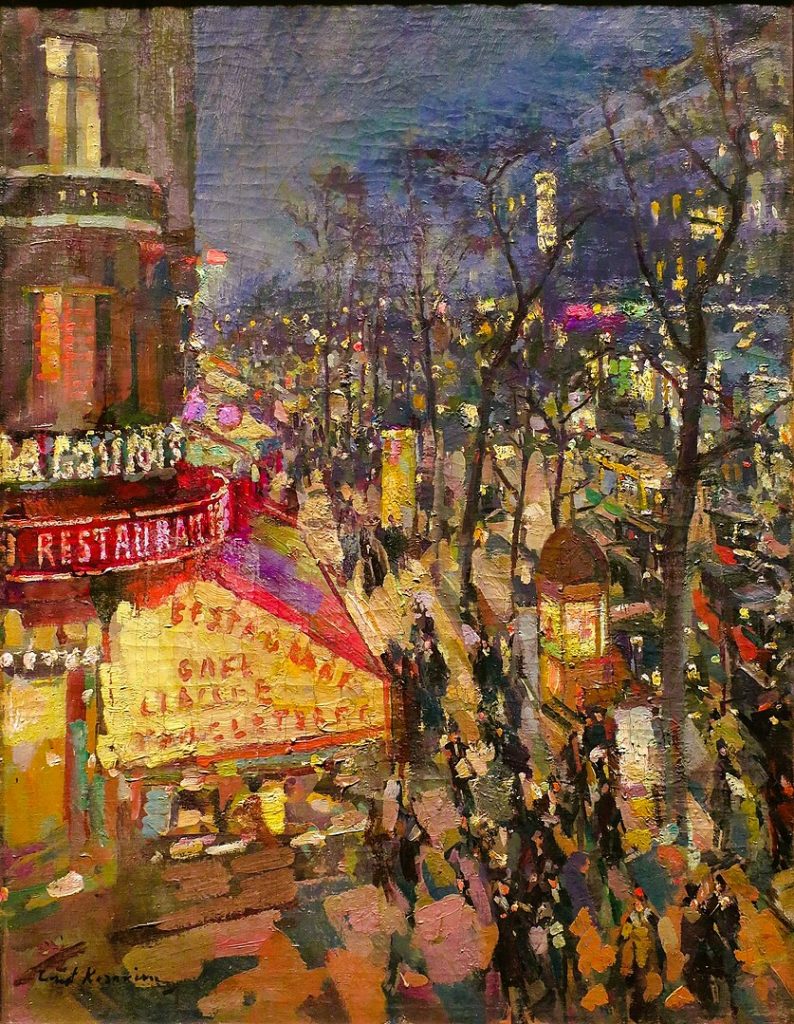

Upon his return to Russia, Korovin’s artistic evolution became increasingly evident. He began incorporating the vibrant color palette and loose brushstrokes characteristic of Impressionism into his own work. His landscapes, portraits, and genre scenes reflected a departure from the more traditional Russian academic style, marking him as a trailblazer in the country’s art scene.
Korovin’s collaboration with the influential Russian businessman and patron of the arts, Savva Mamontov, further propelled his career. Mamontov’s support enabled Korovin to focus on his artistic endeavors without the constraints of financial worries. This partnership also opened doors to various opportunities, including the chance to work on theatrical productions.
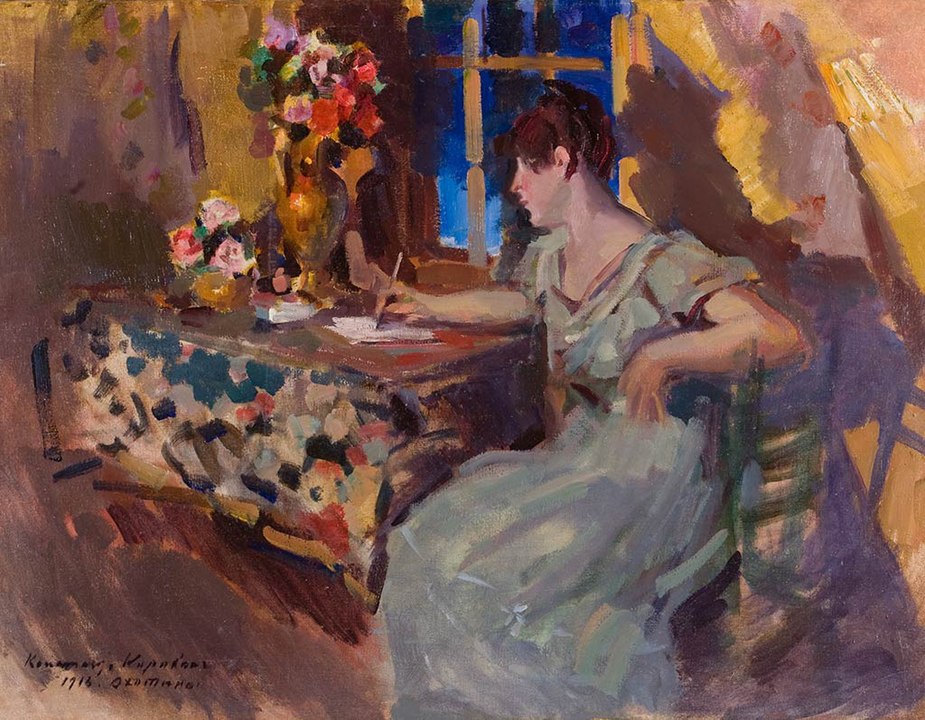

The world of theater played a significant role in shaping Korovin’s artistic legacy. His innovative set designs and use of color in theatrical productions garnered widespread acclaim. Collaborating with visionary theater director Konstantin Stanislavski, Korovin contributed to the visual spectacle of iconic plays like Anton Chekhov’s “The Seagull” and “Uncle Vanya.” His ability to infuse the stage with vibrant hues and dynamic compositions revolutionized the way theater was perceived in Russia.
Korovin’s theatrical endeavors extended beyond set design. He also ventured into costume design, seamlessly blending his artistic prowess with the practical requirements of the stage. His contributions to the world of theater earned him accolades and solidified his reputation as a multifaceted artist.
In addition to his theatrical pursuits, Korovin continued to excel in traditional painting. His landscapes, often depicting the Russian countryside or urban scenes, demonstrated a masterful command of color and light. “The Terrace,” “Evening in the Ukrainian Village,” and “Northern Idyll” are just a few examples of his landscape paintings that showcase his ability to evoke mood and atmosphere.
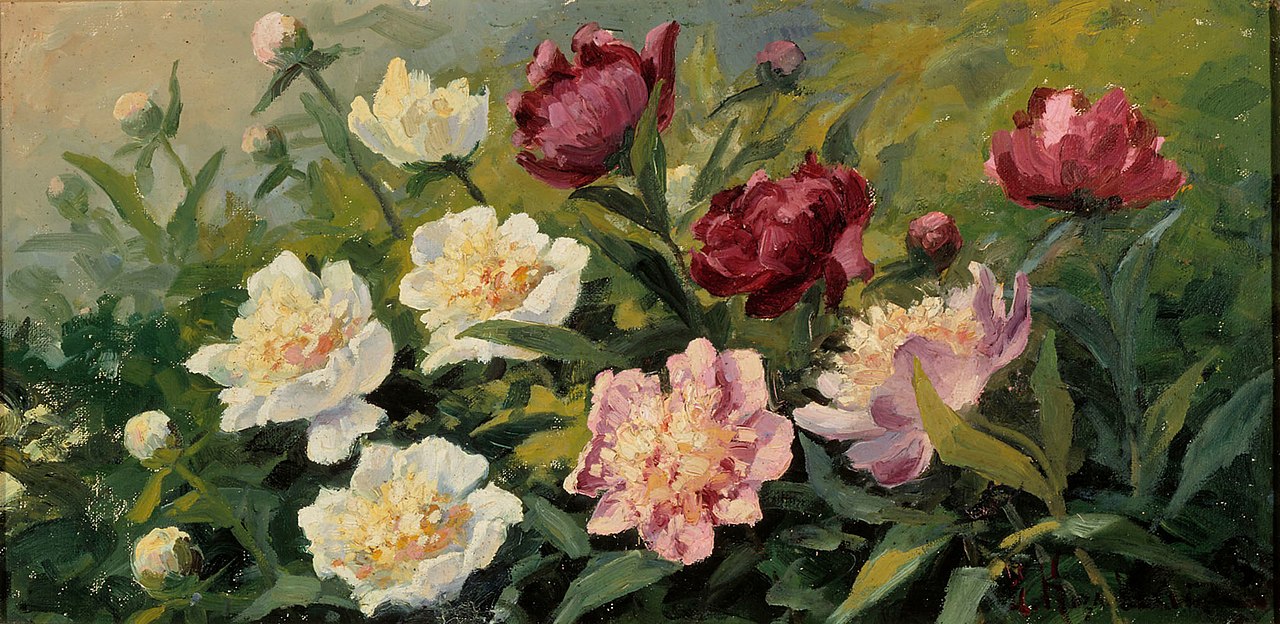

Korovin’s portraiture was equally compelling. His keen observation and sensitivity to his subjects’ emotions allowed him to capture the essence of the individuals he painted. The portrait of famed Russian composer Sergei Rachmaninoff stands out as a testament to Korovin’s skill in conveying both the physical likeness and inner character of his subjects.
The artist’s personal life was not without its complexities. In 1892, Korovin married fellow painter and art student Anna Alexeevna Maslova. The couple had four children, and despite the demands of his artistic career, Korovin maintained a deep connection with his family.
As the turn of the century approached, Korovin’s reputation extended beyond Russia’s borders. His participation in international exhibitions showcased his work to a global audience, earning him admiration and recognition. His art, characterized by its vibrant colors and dynamic compositions, resonated with viewers and fellow artists alike.
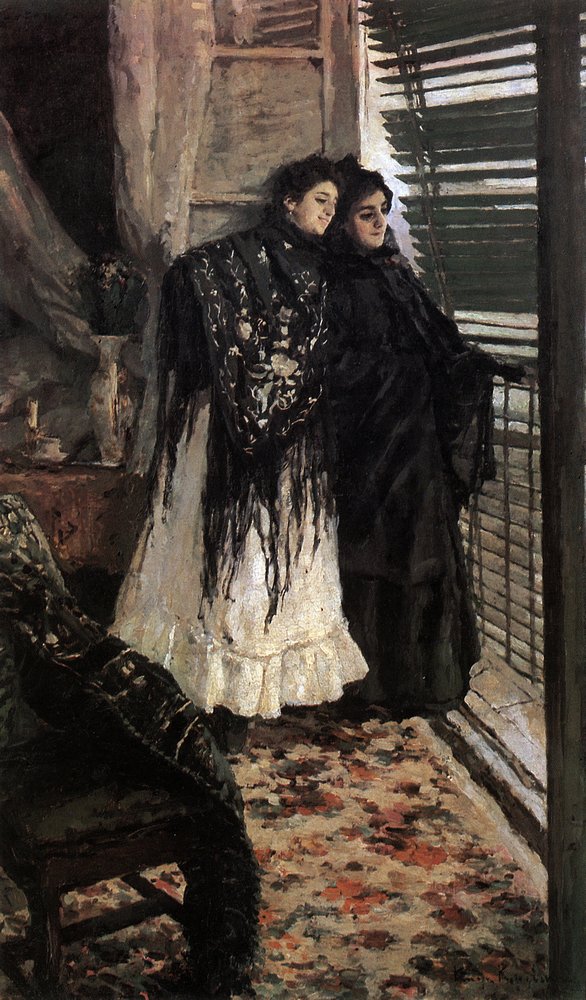

The tumultuous years of World War I and the Russian Revolution brought about significant changes in the socio-political landscape of Russia. Like many artists of his time, Korovin faced challenges as the art world underwent shifts in ideology and patronage. Despite the upheaval, he continued to create, adapting to the evolving circumstances.
Bridging Styles
Korovin’s later years saw him embracing a more traditional and academic approach to painting. While still incorporating elements of Impressionism, he moved away from the radical experimentation of his earlier years. This shift allowed him to bridge the gap between classical Russian art and the avant-garde movements that defined the era.
Tragically, Konstantin Korovin’s life was cut short on September 11, 1939, in Paris, France. His death marked the end of an era for Russian art, as he had been a bridge between the traditional academic style and the avant-garde movements that emerged in the early 20th century.
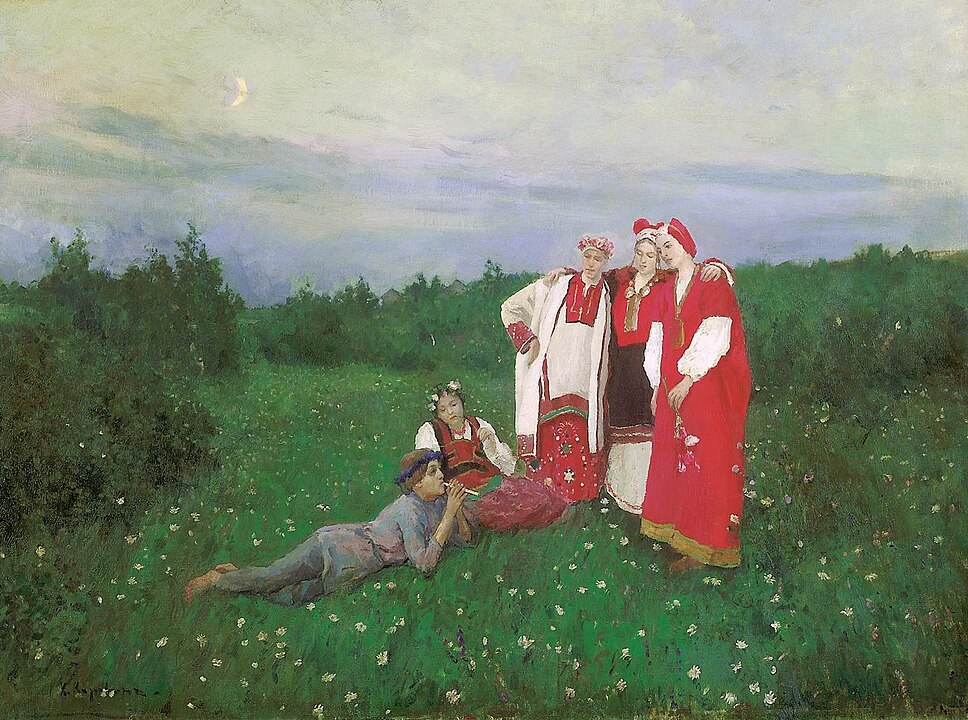

Korovin’s legacy endures through his diverse body of work, which includes paintings, set designs, and costume designs. His contributions to the Russian Impressionist movement, particularly in the realm of theater, have left an indelible mark on the history of art. Today, his paintings are celebrated for their evocative use of color, mastery of light, and the ability to capture the essence of the Russian landscape and people during a time of profound cultural and social change.

